Ingredients to Activate Wnt/β-catenin signaling pathway Morus Alba Root Extracts(MARE) The MARE extract contained high concentrations of chlorogenic acid. Activation of β-catenin in dermal papilla cells is crucial for inducing anagen state, growth factor secretion, and hair follicle formation. The Chlorogenic acid is known for its antioxidant activity and the prevention of β-catenin phosphorylation, which induces β-catenin degradation. Thus, the β-catenin signaling pathway is activated. MARE increased, the mRNA and protein expression of several growth factors (KGF, VEGF, FGF2, and HGF) in the HFDPCs is significantly upregulated. MARE has great potential for promoting hair growth by inducing telogen-to-anagen transition in terms of enhanced angiogenic paracrine factor secretion from HFDPCs and following effect on enhanced tubular formation in endothelial cells and proliferation and maturation in keratinocytes. Caffeine 1) Caffeine stimulated cell proliferation, inhibited apoptosis/necrosis, up-regulated IGF-1 gene expression and protein secretion, while TGF-β2 protein secretion was down-regulated. Stem Cell Culture Media 1) Conditioned media of ADSCs (ADSC-CM) increases the proliferation rate of human follicular cells. Cooper Tripeptide-1 Copper inhibit the formation of DHT by inhibiting the activity of the 5-a-reductase enzyme content 0.5mm and 0.75mm mesoroller needle stimulates mechanotransduction signal on Hair follicle stem cell layer. Mechanisms of mechanotransduction. A) Mechanical strain applied to the cell and (the resulting) fluid flow activate receptors and channels and their downstream signaling cascades. In a tissue context, strain is transmitted between cells via a series of adhesion molecules such as integrins, cadherins, and tight junctions. Transcription factors become nucleotropic and address DNA regulatory elements such as repressors, enhancers, and their specific DNA response elements. Adaptive transcription and translation are initiated and lead to changes in transcriptome, proteome, and especially the secretome to communicate with neighbors and distant tissues. The expression and secretion of extracellular matrix proteins as parts of the secretome are upregulated. As a consequence, the incoming forces and the resistive response to external forces are enhanced, and a new homeostasis situation is produced. Similarly, the production of proteins of the cytoskeleton is enhanced, the cytoskeleton is also becoming stiffer, and the contractile proteins generate even more active forces. B) Fluid flow is sensed by the primary cilium. The relevant structural features of a primary cilium are schematically depicted on the right side, while the signaling cascades and tools for mechanotransduction are depicted on the left side. Deflection of the cilium generates signaling Zinc Palmitoyl Nonapeptide-14, Biotinoyl Tripeptide-1, Acetyl Hexapeptide-1, Acetyl Tetrapeptide-3, Cystein,Serine, Glutamic Acid, Threonine, Glycine, Leucine, Valine, Arginine, Aspartic Acid, Biotin, Dexpanthenol, Folic Acid, Vit B-6, Vit B-12
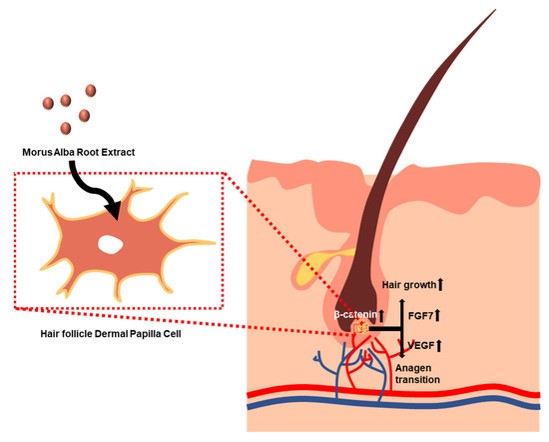
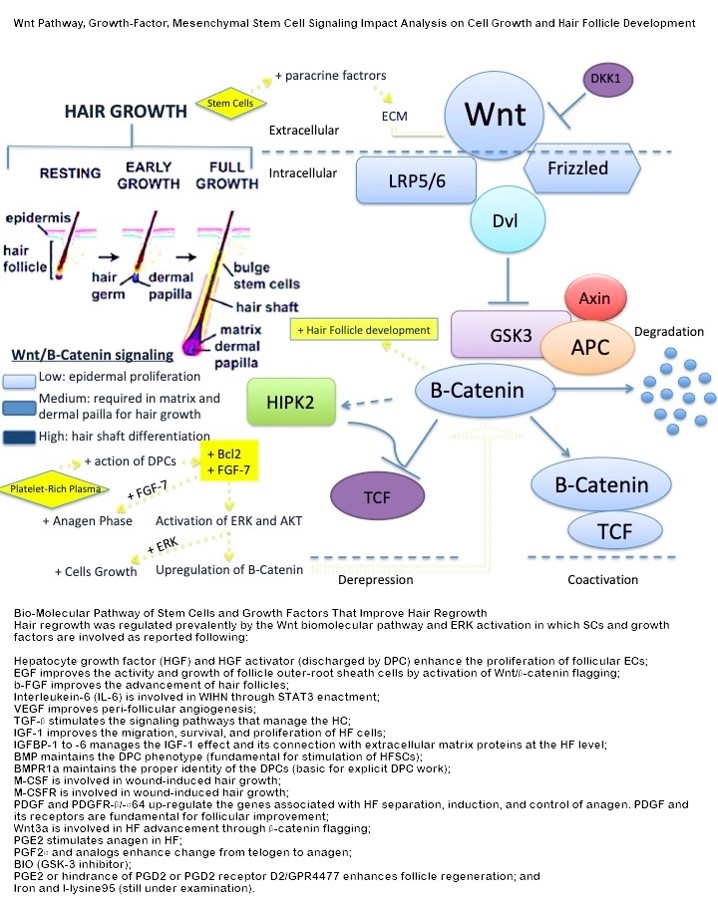
2) Hair shaft elongation, prolonged anagen duration and stimulated hair matrix keratinocyte proliferation. (Optimal Concentration is 0.0005%~0.005%)
2) ADSCs-derived proteins improve hair growth and protect human dermal papilla cells against cytotoxic injury caused by androgen and reactive oxygen species.
3) Moreover, ADSC-CM induces the anagen phase and promotes hair growth and enhances the elongation of hair shafts .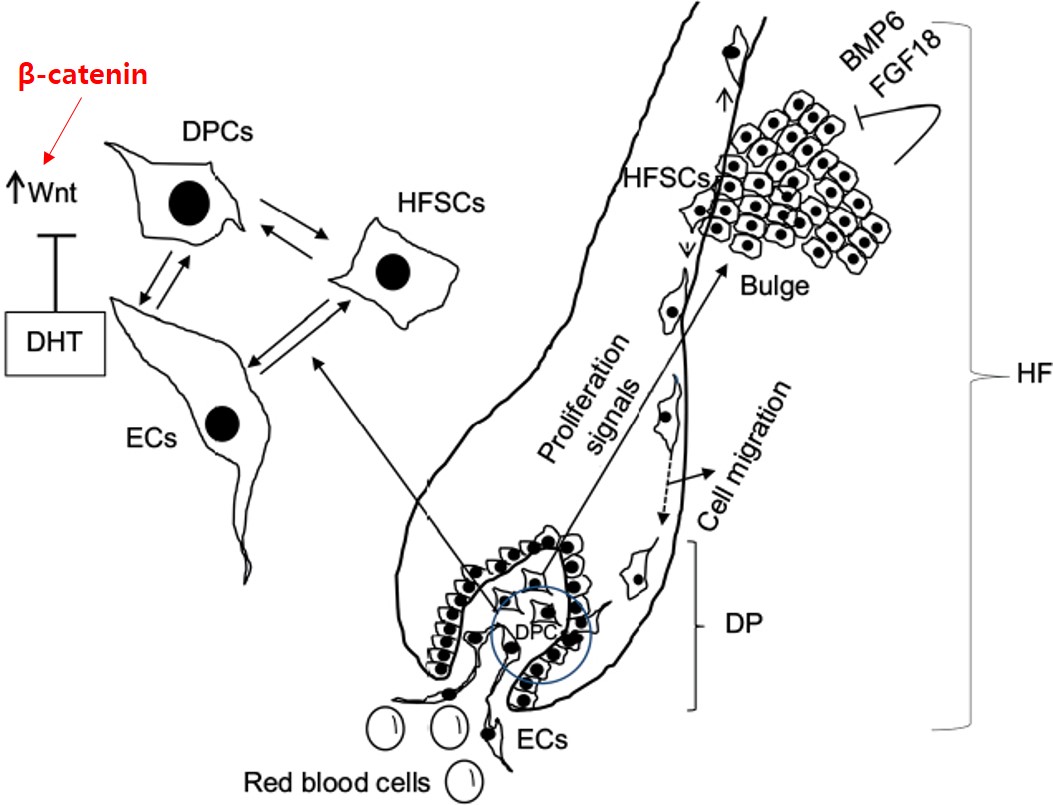
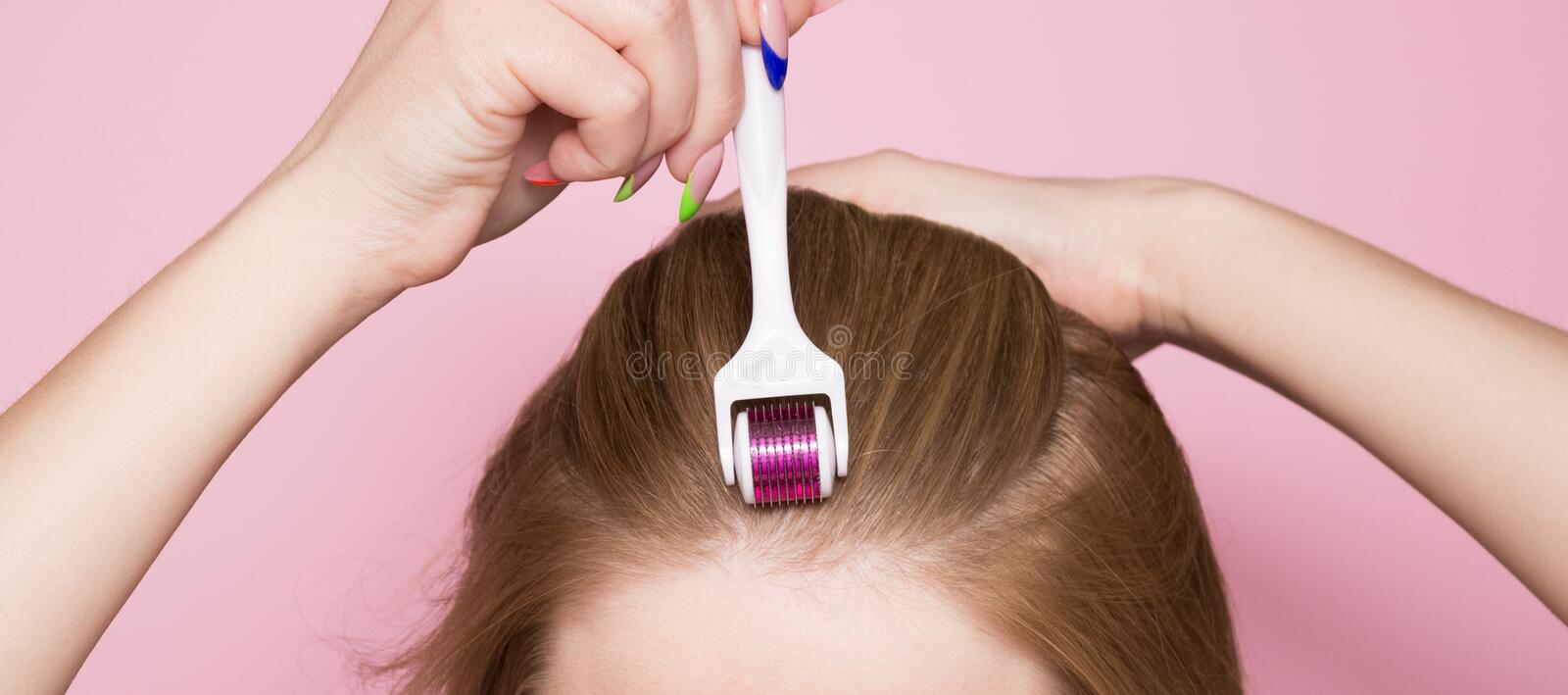
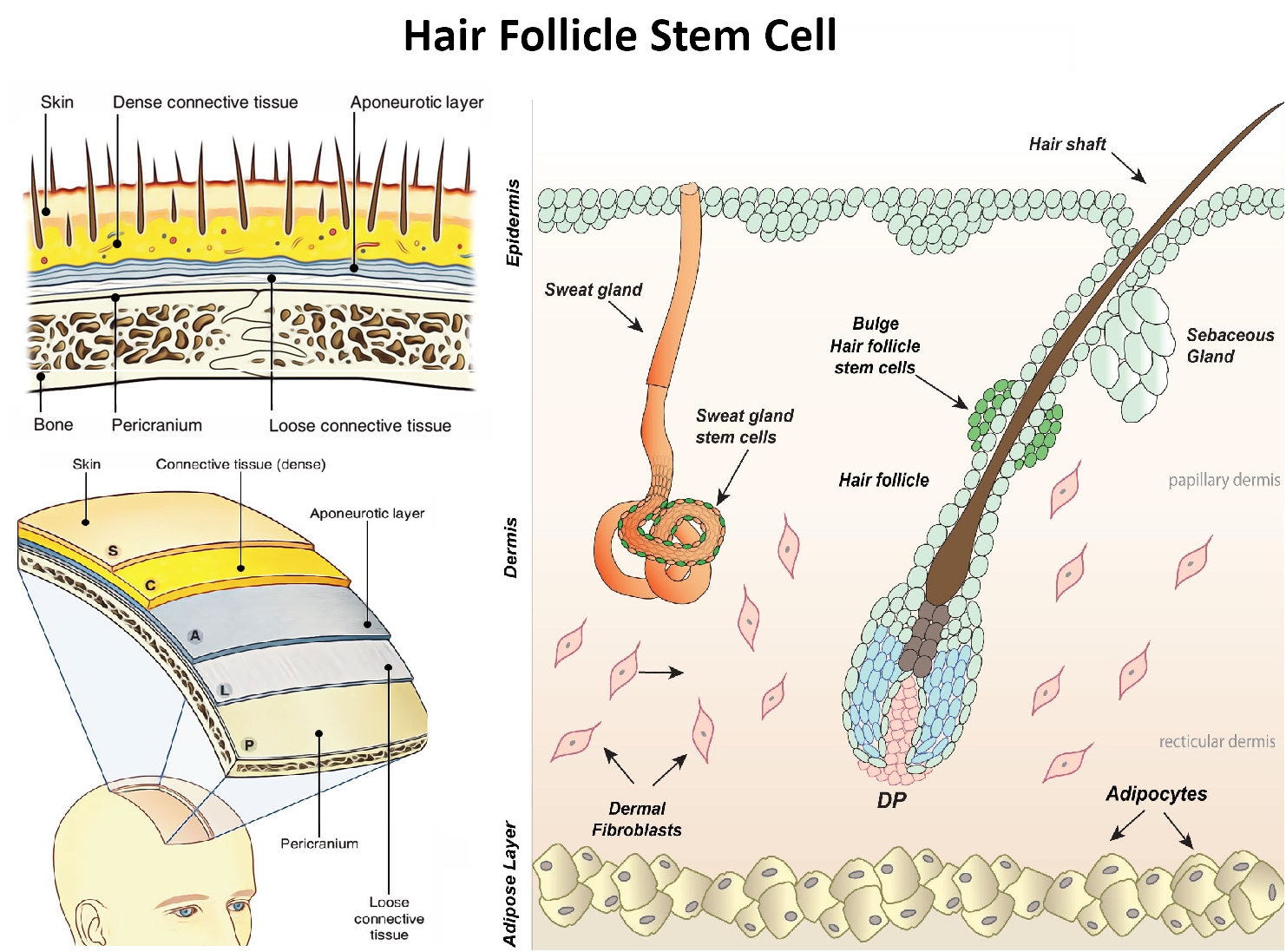
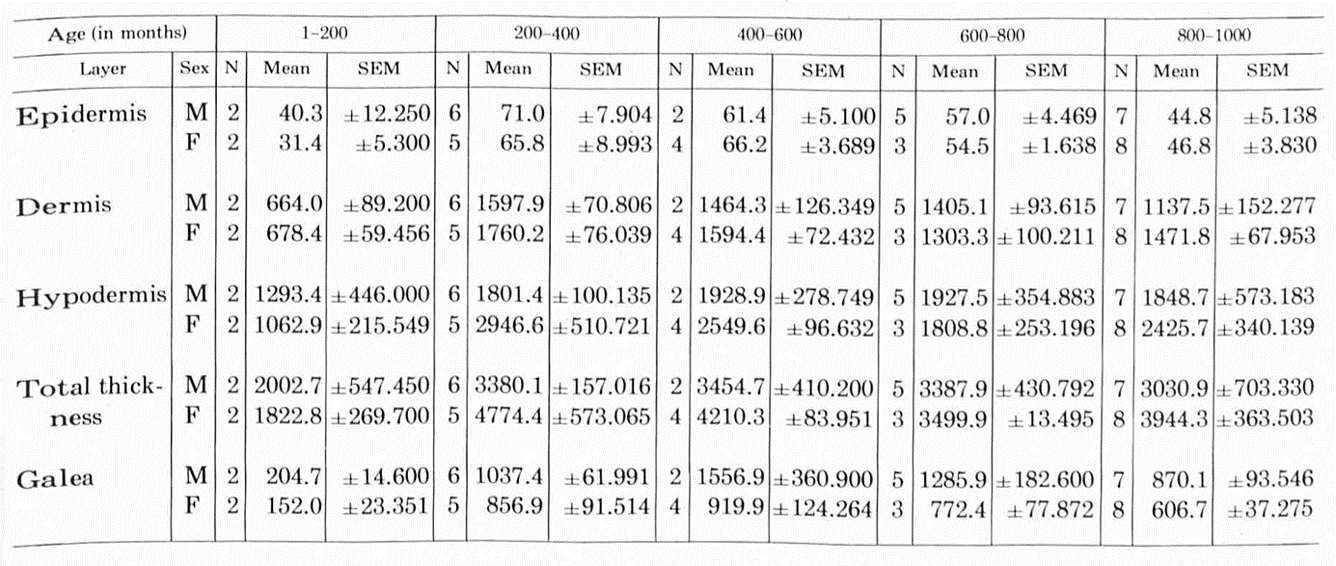
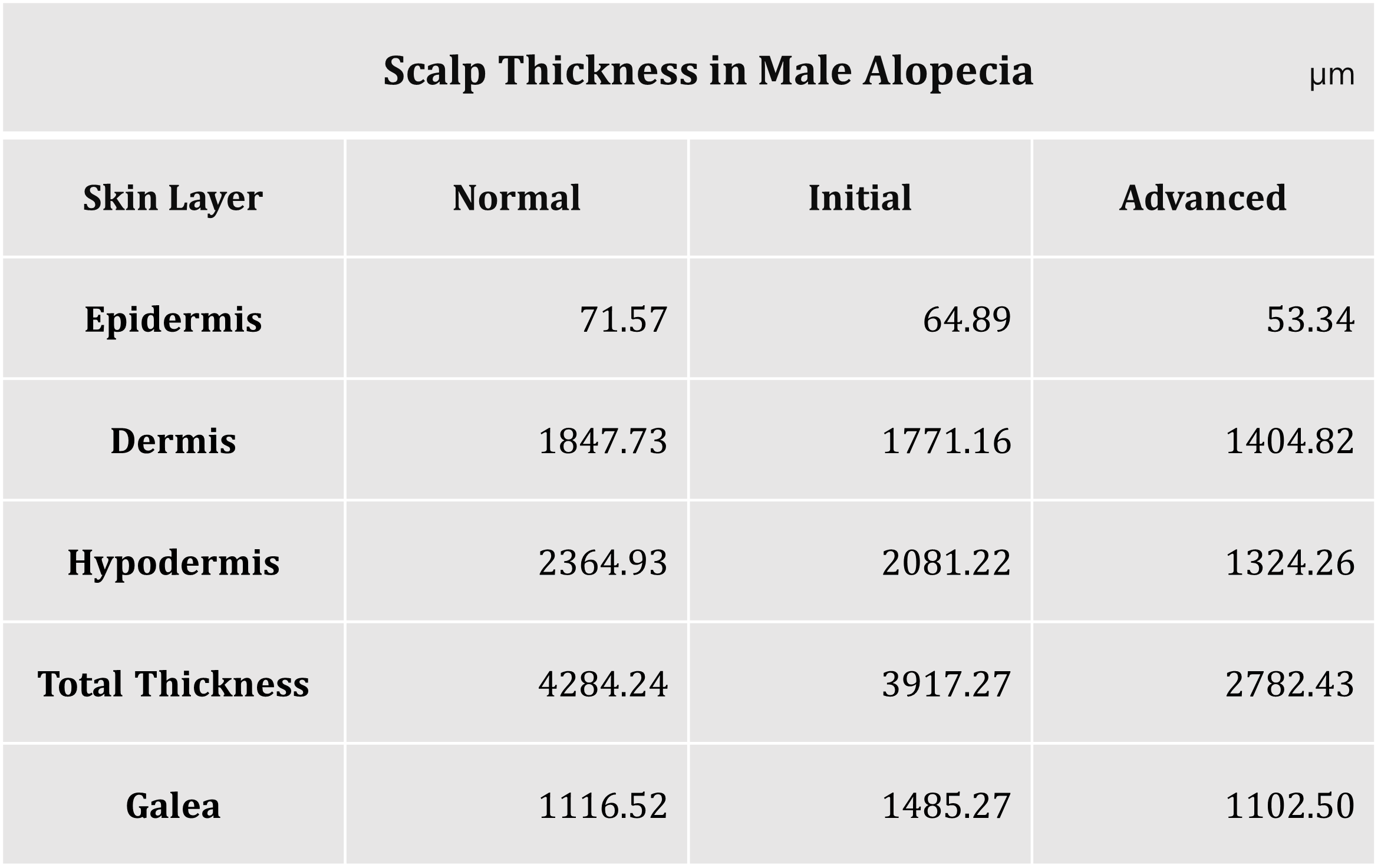 Graphical summary of the current knowledge on the transduction of mechanical signals into a cellular response.
Graphical summary of the current knowledge on the transduction of mechanical signals into a cellular response.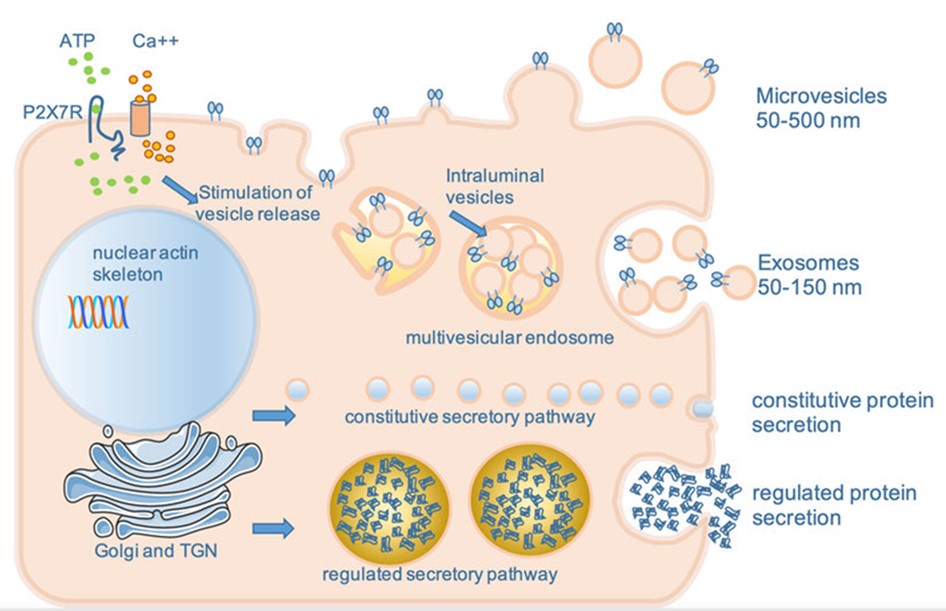
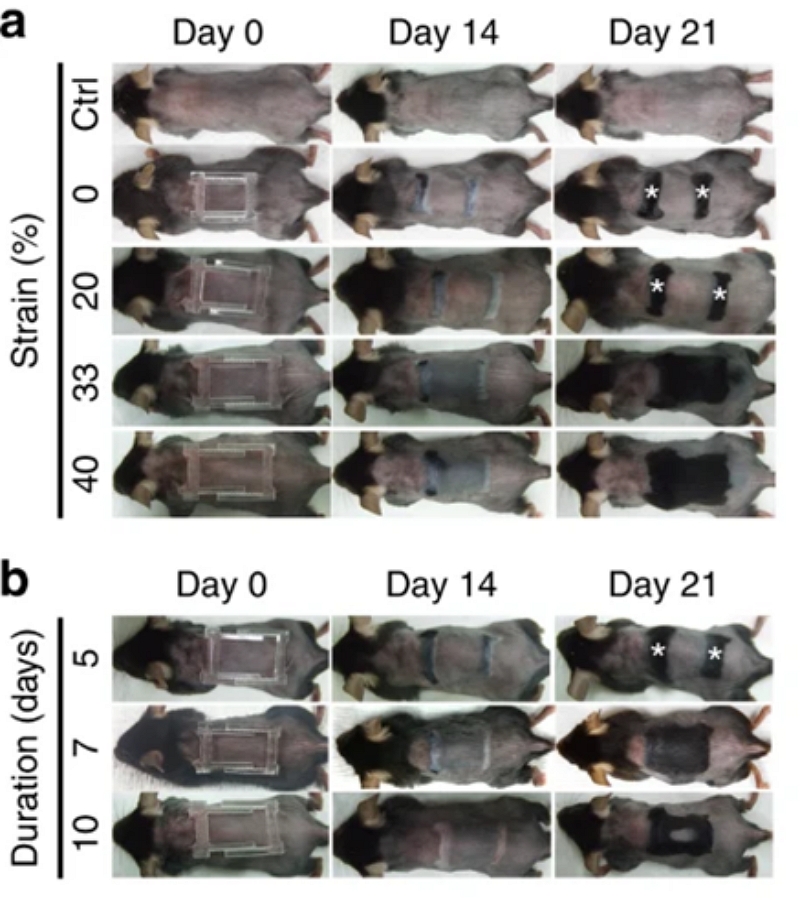
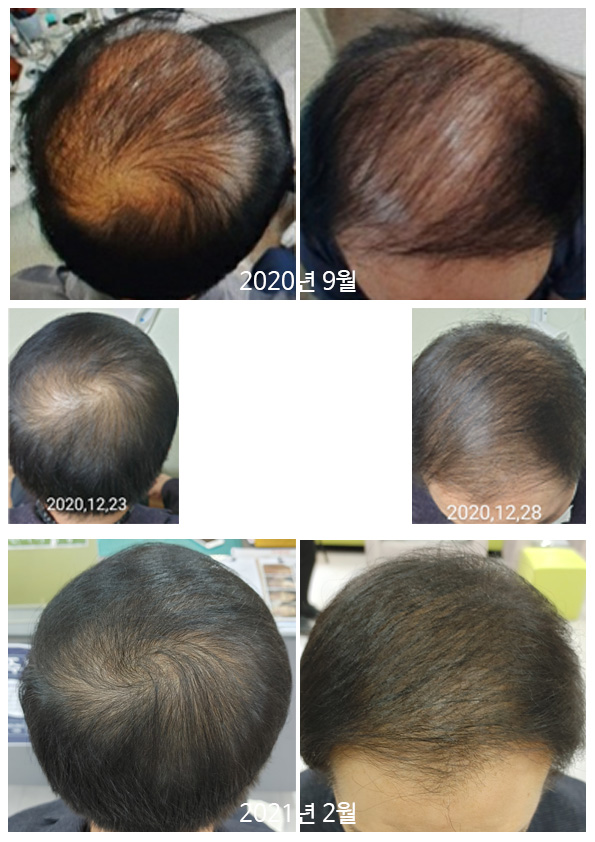
ADSC Culture Media, PDRN, Hyaluronic Acid, Caffeine, Copper Tripeptide-1, Chlorogenic Acids, Zinc Palmitoyl Nonapeptide-14, Biotinoyl Tripeptide-1, Acetyl Hexapeptide-1, Acetyl Tetrapeptide-3, Olipopeptide-1, Olipopeptide-2, Olipopeptide-4, Olipopeptide-127, Polypeptide-1, Polypeptide-2, Polypeptide-3, Polypeptide-4, Polypeptide-8, Polypeptide-9, Polypeptide-11, Polypeptide-13, Polypeptide-59, Polypeptide-62,Cystein, Serine, Glutamic Acid, Threonine, Glycine, Leucine, Valine, Arginine, Aspartic Acid, Biotin, Dexpanthenol, Folic Acid, Vit B-6, Vit B-12, NaCl (Sodium Chloride), HNa2PO4(H2O)2 (Disodium phosphate), Methylpropanediol, 1,2-Hexanediol, Water